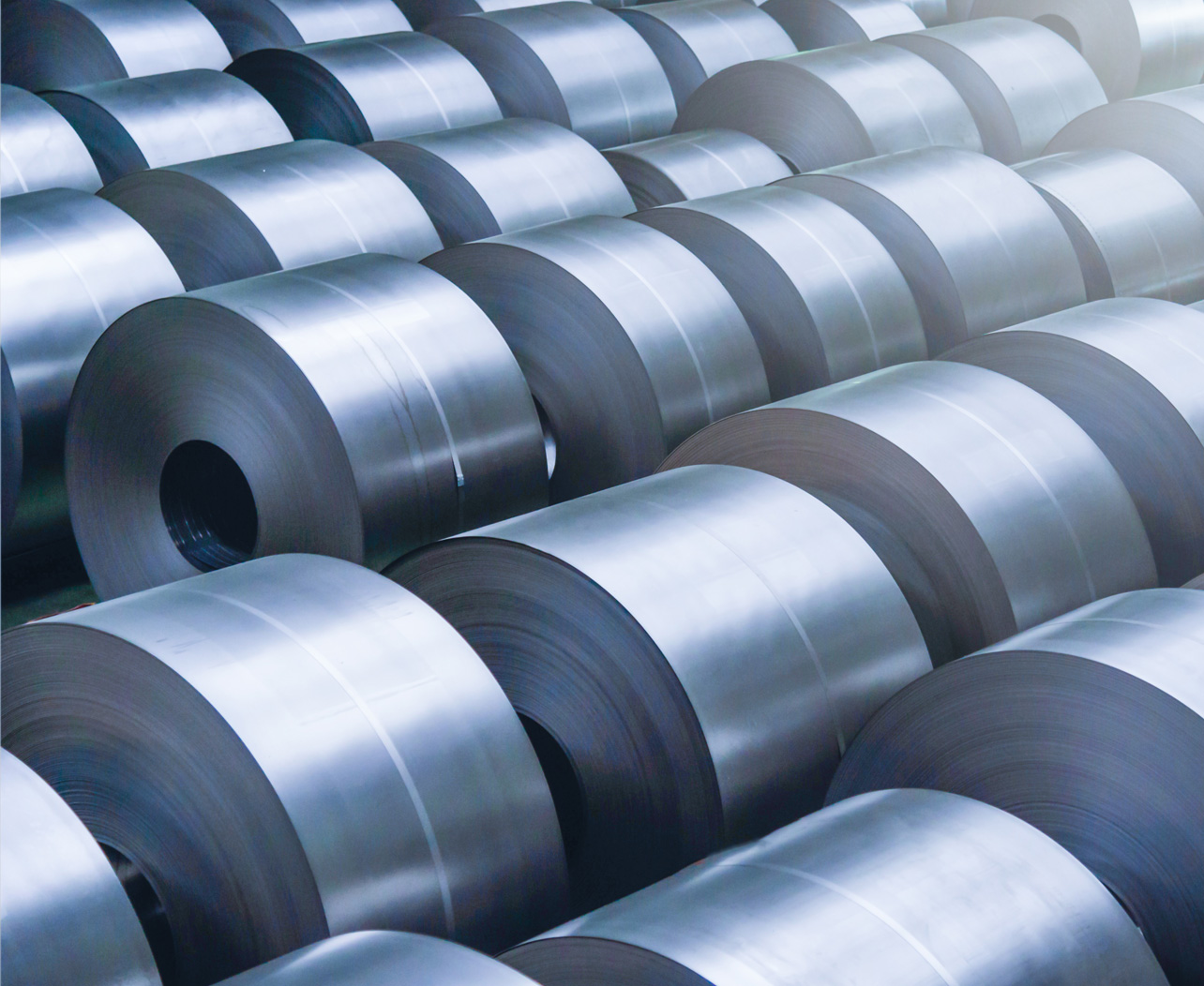Alloy Steels
Alloy steel is steel that is alloyed with a variety of elements in total amounts between 1.0% and 50% by weight to improve its mechanical properties.
About
Every steel is truly an alloy, but not all steels are called “alloy steels”. However, the term “alloy steel” is the standard term referring to steels with other alloying elements in addition to the carbon. Common alloyants include manganese (the most common one), nickel, chromium, molybdenum, vanadium, silicon, and boron. Less common alloyants include aluminum, cobalt, copper, cerium, niobium, titanium, tungsten, tin, zinc, lead, and zirconium.
The following is a range of improved properties in alloy steels (as compared to carbon steels): strength, hardness, toughness, wear resistance, hardenability, and hot hardness. To achieve some of these improved properties the metal may require heat treating.
Alloy steels are broken down into two groups: low-alloy steels and high-alloy steels. Most commonly, the phrase “alloy steel” refers to low-alloy steels.
Low-alloy steels are usually used to achieve better hardenability, which in turn improves its other mechanical properties. They are also used to increase corrosion resistance in certain environmental conditions. With medium to high carbon levels, low-alloy steel is difficult to weld. Lowering the carbon content to the range of 0.10% to 0.30%, along with some reduction in alloying elements, increases the weldability and formability of the steel while maintaining its strength. Such a metal is classed as a high-strength low-alloy steel.
Some of these find uses in exotic and highly-demanding applications, such as in the turbine blades of jet engines, landing gear of aircraft and in nuclear reactors. Because of the ferromagnetic properties of iron, some steel alloys find important applications where their responses to magnetism are very important, including in electric motors and in transformers.

Physical condition condition (Roundbar)
- A = As forged
- B = As rolled
- C = Annealed
- D = Normalised
- E = Normalised & Tempered
Surface Condition (Roundbar)
- 1 = Black as forged or rolled
- 2 = Pickled or Blast Cleaned
- 3 = Rough or Smooth Turned
- 4 = Cold Finished or Drawn
- 5 = Centerless Ground
- 6 = Turned, Ground and Poslied
- Other elements 8xxx
- Unused series 9xxx
There are two exceptions:
E52100 Spheriodized annealed is condition E
D6AC Normalised & Tempered is condition F
Data Sheets
The following specification data sheets are provided as PDF files. You must have Acrobat Reader to view and/or save these files. A free version of Acrobat Reader is available to download here.
Alloy steel cross reference guide
The following reference guides are provided as PDF files. You must have Acrobat Reader to view and/or save these files.
